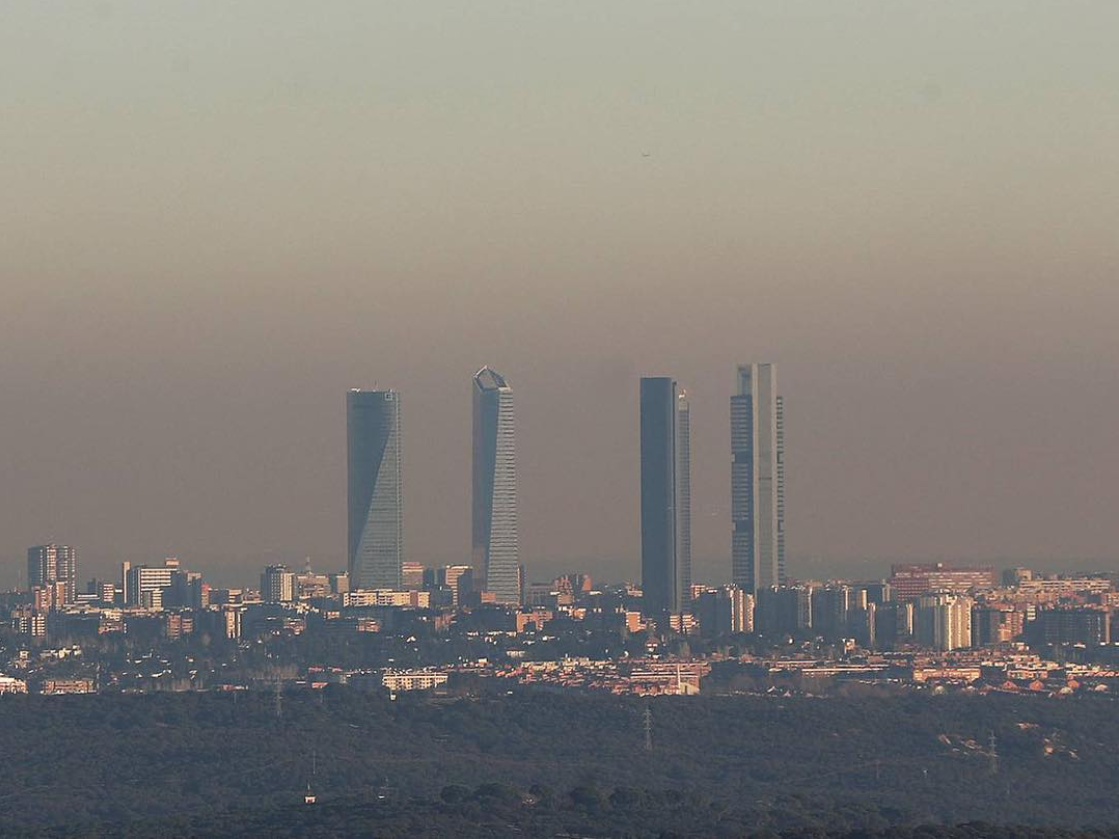World Health Day on 7th April should lead us to reflect on air pollution: a global threat that has a huge impact on human health and on ecosystems. Although global emissions of polluting gases have fallen over the past twenty years, they have increased in different regions of the world as a result of an uncontrolled industrialisation process. Another high impact factor is the large amount of fossil fuels that are burnt each day in the transportation of passengers and goods.
This air pollution is directly responsible for a high number of premature deaths and respiratory diseases in our cities. According to figures from the World Health Organisation (WHO), annual deaths directly caused by air pollution stand at around seven million –9% of global mortality each year–, and remains one of the main factors of global burden of disease , which measures years lost due to premature death and years lived in poor health.
Based on the figures provided by the European Environment Agency , 77 % of the EU-28 urban population is exposed to PM 2.5 concentrations, which are polluting particles, mostly generated through the combustion of fossil fuels, in excess of the thresholds recommended by the WHO. According to the European Environment Agency, “fine particulate matter (PM2.5) in air has been estimated to reduce life expectancy in the EU by more than eight months”.
Furthermore, looking at the figures for nitrogen oxide (NOx) concentration, the road transport sector contributes towards the emission of 39% of these particles, whereby it is the sector that generates the highest proportion of this gas. This amount is even higher when looking at the figures for urban areas, which are also the most densely populated areas.
To address this problem, the European Union (EU) has been working for years to improve air quality and control emissions of harmful substances into the atmosphere. In this respect, the EU political framework is based on three main pillars. First of all, air quality thresholds have been established and Directives require Member States to regularly evaluate this quality at a regional level and to implement plans to improve air quality in those regions in which the thresholds are not fulfilled. Secondly, Member States are required to develop air pollution control programmes in order to comply with the agreed commitments, through the National Emission Ceilings (NEC) Directive. Finally, the specific threshold established for emissions caused by mobility systems and by industry must be reached, whereby they are two key points for European decarbonisation. In this respect, the EU has developed specific legislation to define the thresholds for industrial emissions, emissions from power plants, and those produced by systems for the transportation of passenger and goods.
To tackle the global challenge of reducing air pollution, all of the administrative levels have put the environmental sustainability challenge at the centre of their political agenda, with unprecedented international pacts, such as, for example, the European Green Deal or the approval of the 2030 Agenda for Sustainable Development, signed by all of the Member States of the United Nations. These major agreements call for the responsibility of citizens by modifying their consumer habits, such as the reduction of private vehicles and opting for public transport, the increased use of non-polluting vehicles –from electric vehicles to bicycles– or the incorporation of the circular economy in industry and consumption.





















